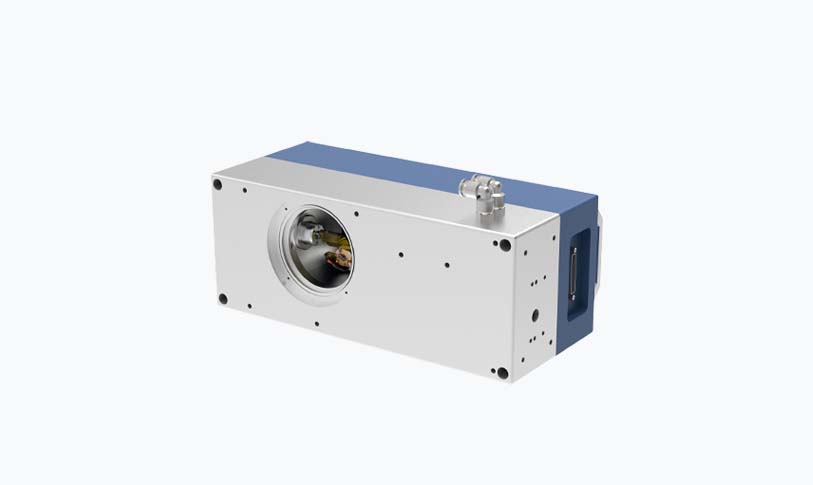
Exploring the Revolutionary Applications and Breakthroughs in Laser Pulse Technology Across Various Scientific Fields
****

Exploring the Revolutionary Applications and Breakthroughs in Laser Pulse Technology Across Various Scientific Fields
Laser pulse technology has emerged as one of the most significant advancements in science and engineering over the last few decades. This innovative technology utilizes focused beams of light to deliver energy in short, intense bursts, enabling a plethora of applications that span across fields as diverse as medicine, telecommunications, materials science, and fundamental physics. The unique properties of laser pulses — including their precision, intensity, and control over timing — have opened up exciting possibilities across different sectors. In this article, we will delve into the principles of laser pulse generation, the various applications they facilitate, and the future potential they offer.
To understand the impact of laser pulses, it is essential to grasp how they are generated. Laser pulses are created using a process known as “Q-switching,” which allows for the rapid buildup and release of energy. By storing energy in a laser medium, such as a crystal or gas, and then rapidly discharging it when required, laser pulses can be produced with incredibly short durations, typically in the range of picoseconds (trillionths of a second) or femtoseconds (quadrillionths of a second). This ultrafast nature of laser pulses contributes significantly to their various applications.
One of the most groundbreaking applications of laser pulse technology is in the field of medicine, specifically in laser surgery and diagnostic imaging. Techniques such as laser lithotripsy utilize focused laser pulses to break down kidney stones, offering a minimally invasive alternative to traditional surgical methods. In dermatology, laser pulses are used in procedures to treat skin conditions, remove tattoos, and promote skin rejuvenation. Moreover, the precision of laser pulses allows for targeted destruction of unwanted tissues with minimal damage to surrounding areas, maximizing patient safety and recovery time.
Beyond medicine, laser pulses have transformed the field of telecommunications. Optical fibers, which are the backbone of modern communication networks, utilize laser light to transmit data over long distances with minimal signal loss. Short laser pulses, modulated to convey information, can carry vast amounts of data at incredible speeds, generating the potential for faster internet connections and improved communication technologies. As demands for bandwidth continue to grow, advancements in laser pulse technology are poised to meet these challenges by improving data transmission efficiency.

Exploring the Revolutionary Applications and Breakthroughs in Laser Pulse Technology Across Various Scientific Fields
In the discipline of materials science, laser pulses are being employed for advanced manufacturing techniques, including laser engraving, cutting, and welding. The high intensity of laser pulses makes them ideal for manipulating and shaping a variety of materials, from metals to polymers. This precision not only enhances the quality of products but also reduces waste by allowing for more efficient material use. Moreover, research into ultrafast laser pulses has led to the development of novel techniques such as laser-induced breakdown spectroscopy (LIBS), which enables real-time chemical analysis of materials. This has significant implications in fields ranging from environmental monitoring to quality control in manufacturing processes.
The realm of fundamental physics also benefits from the study of laser pulses. High-energy laser pulses are utilized in experiments aimed at understanding basic physical phenomena, including particle physics and quantum mechanics. These studies explore the interactions between light and matter, paving the way for advancements in technology such as quantum computing. For instance, laser pulses can be used to manipulate individual quantum bits or qubits, facilitating the development of more robust and efficient quantum systems.
As we look to the future, the potential of laser pulse technology seems boundless. Ongoing research is poised to unlock further applications in sectors such as energy storage, where lasers could be used to facilitate more efficient solar energy capture and conversion processes. Additionally, the combination of laser pulse technology with artificial intelligence may lead to breakthroughs in diagnostics and predictive analytics, particularly in healthcare, where rapid and accurate data processing can result in timely interventions.
In conclusion, the innovations brought forth by laser pulse technology are reshaping multiple disciplines, offering enhanced precision, efficiency, and effectiveness across a wide array of applications. As researchers continue to explore the intricacies of laser pulse generation and application, we can expect numerous transformative advancements that will not only contribute to scientific progress but also improve the quality of life across the globe. The ongoing evolution of laser pulse technology promises to be an exciting frontier in the years to come, illuminating paths to new discoveries and breakthroughs.uv laser
